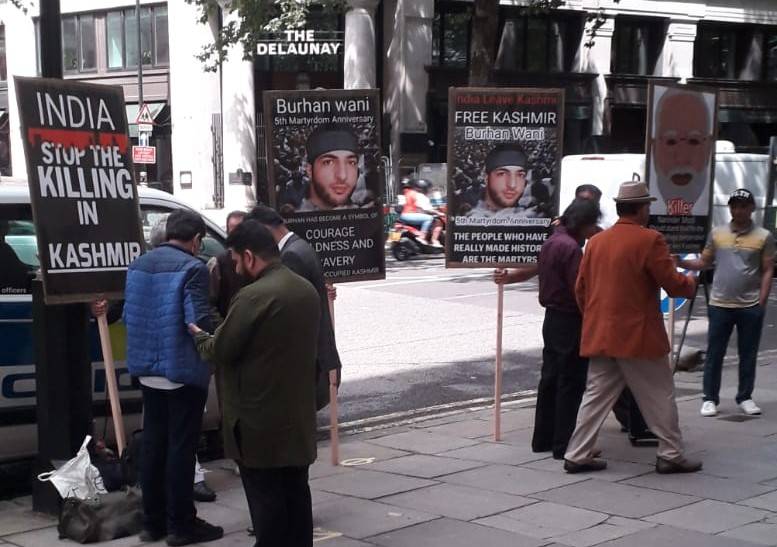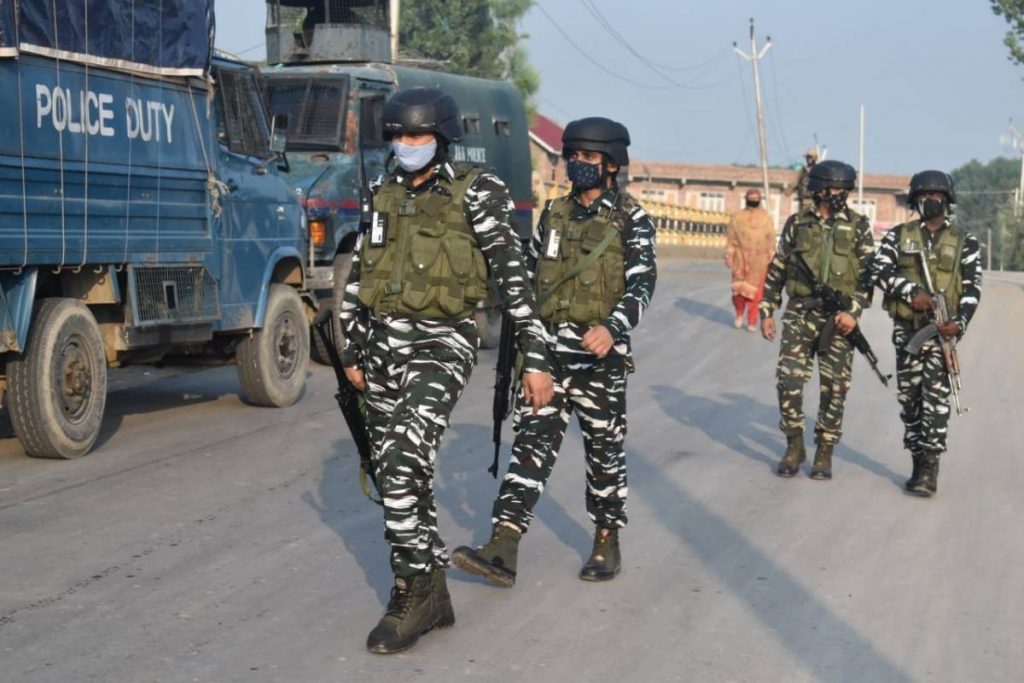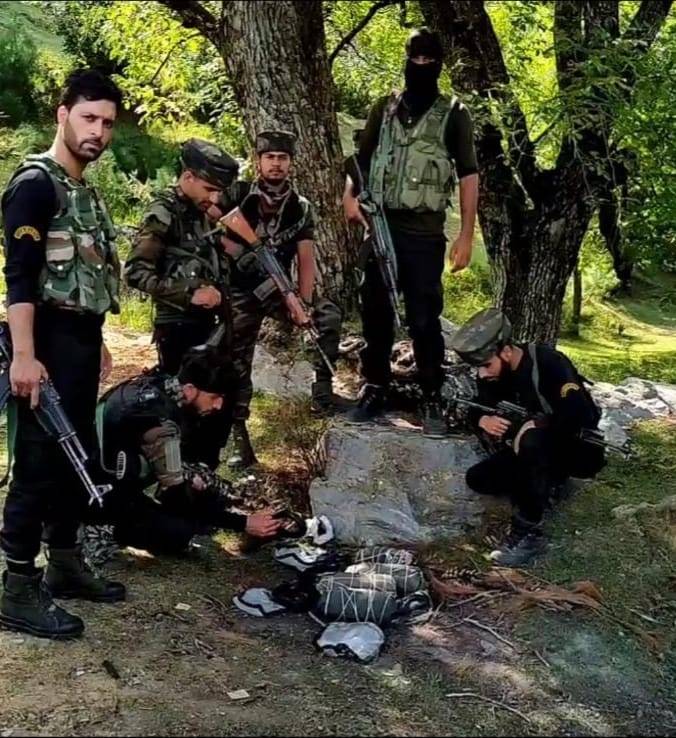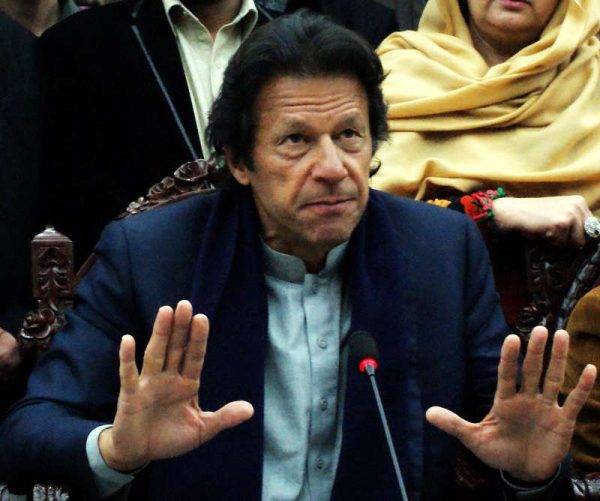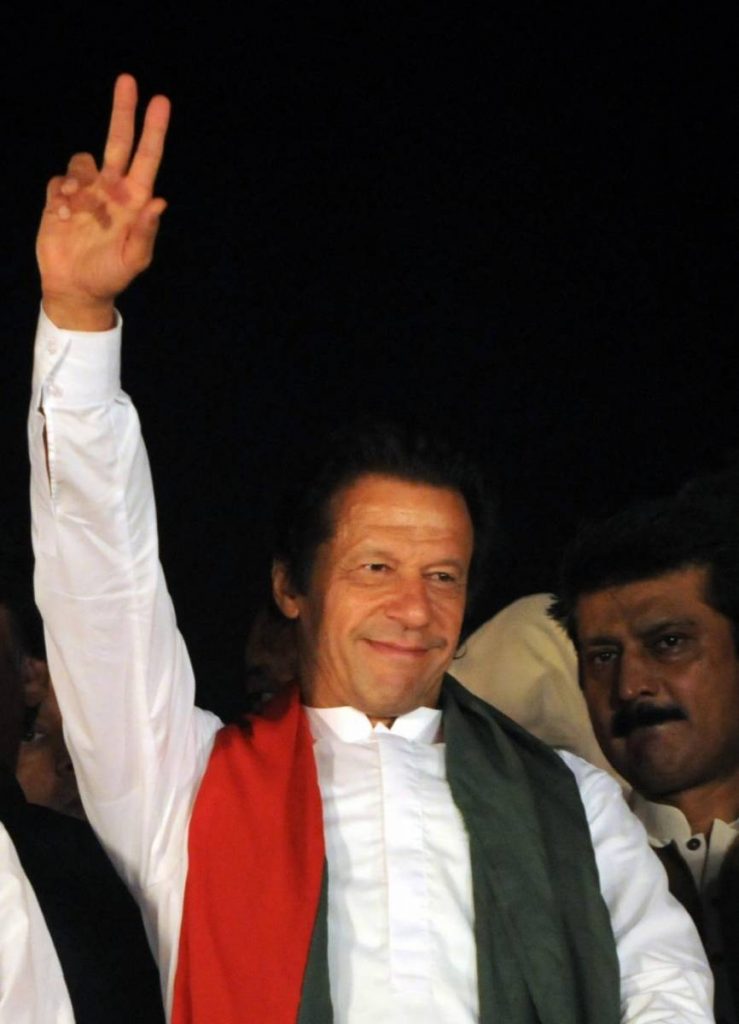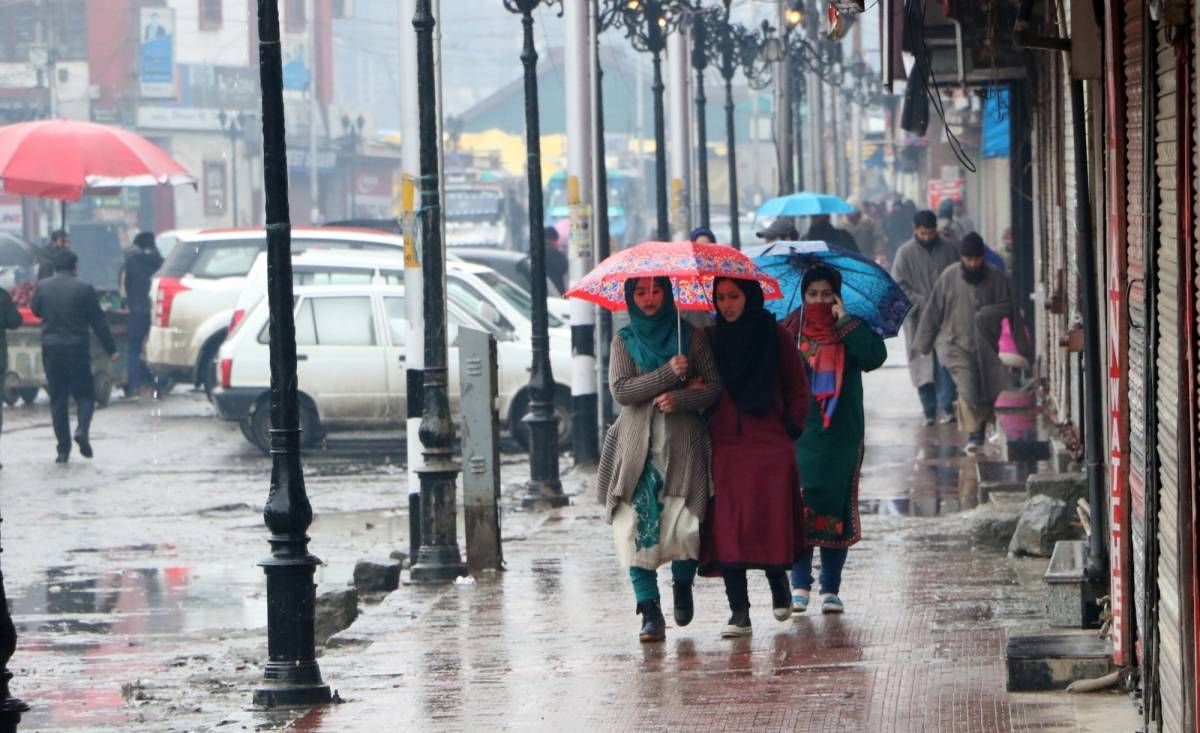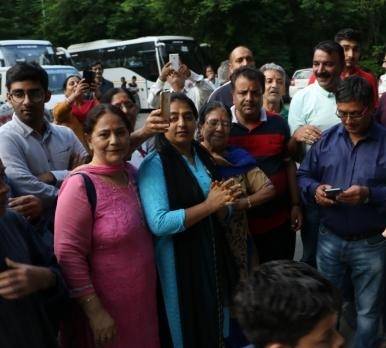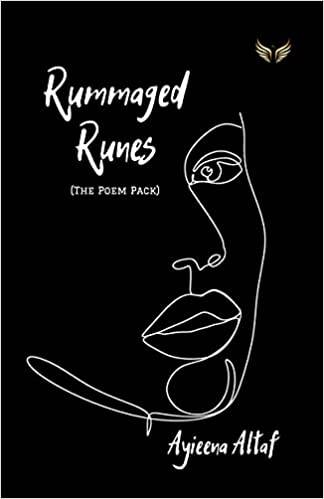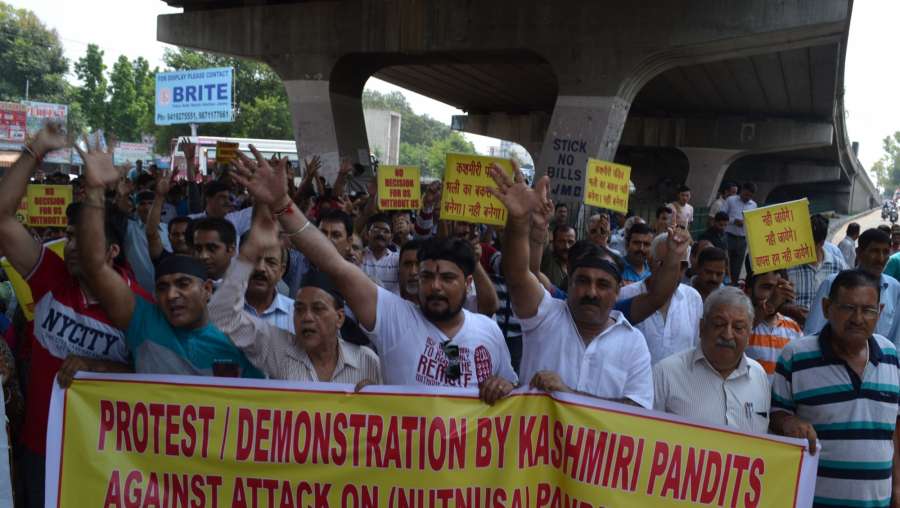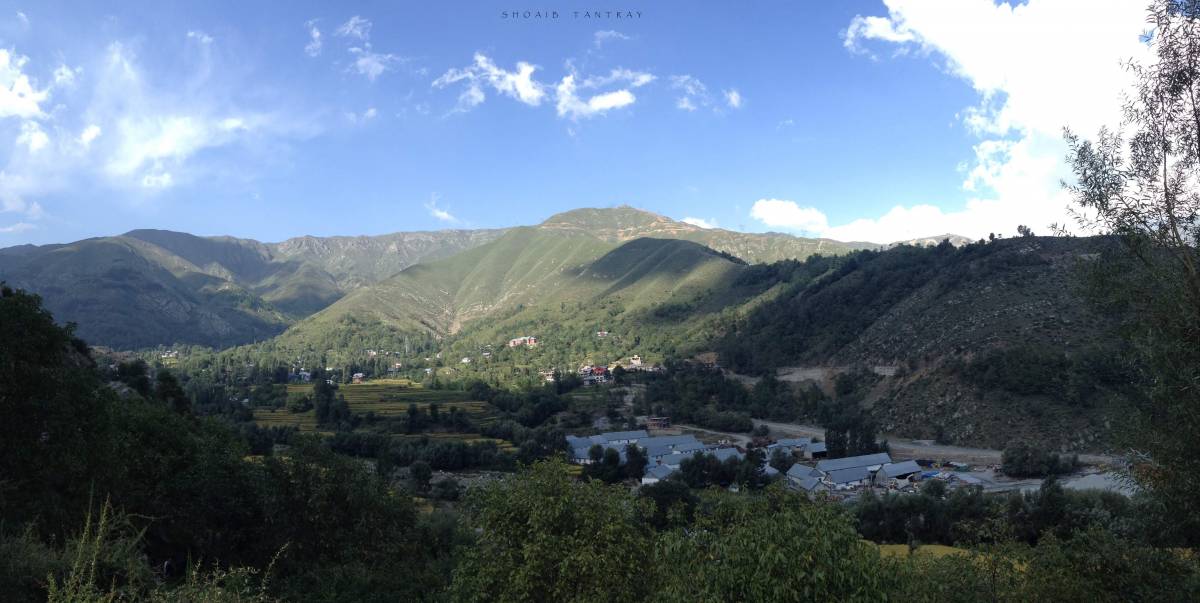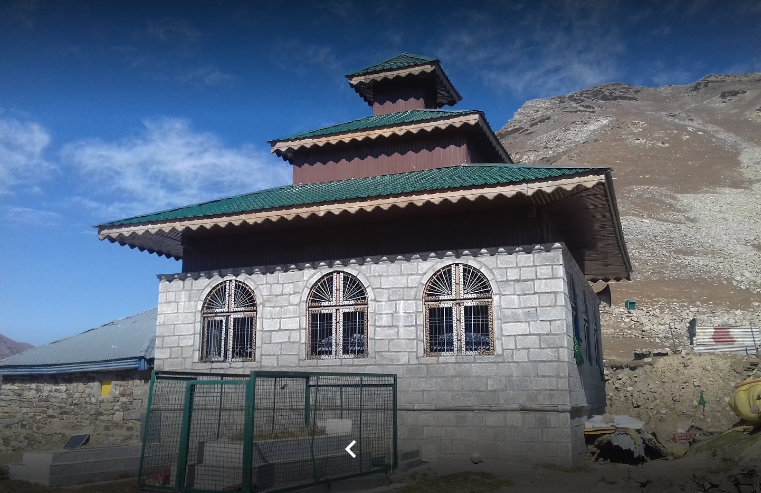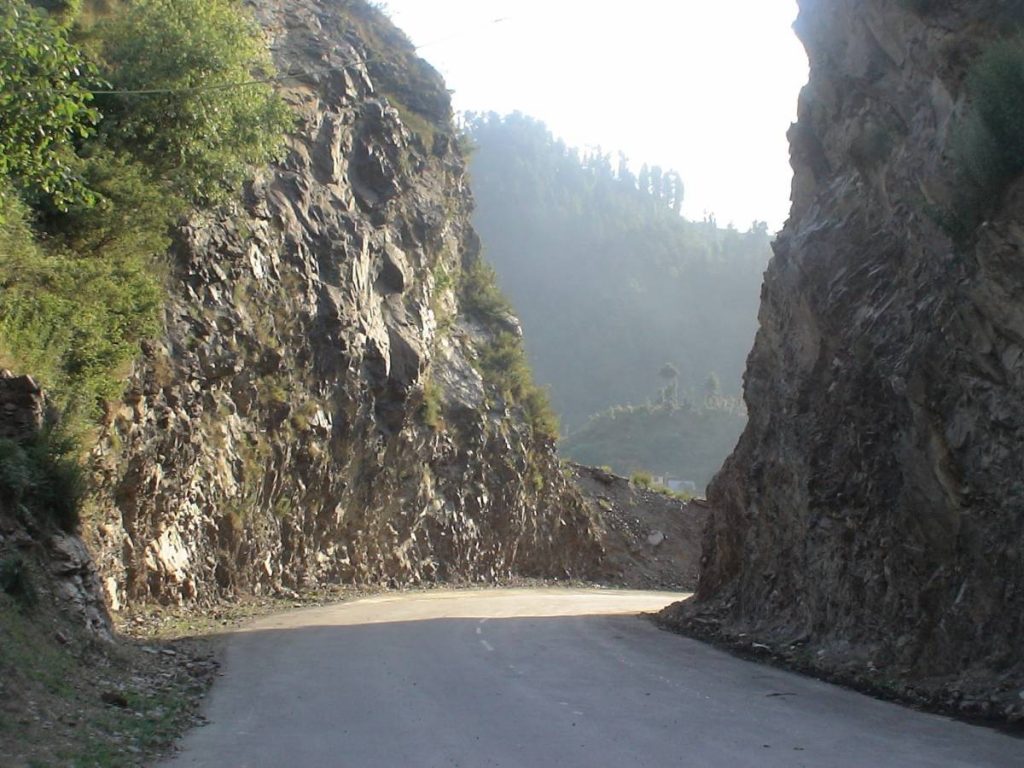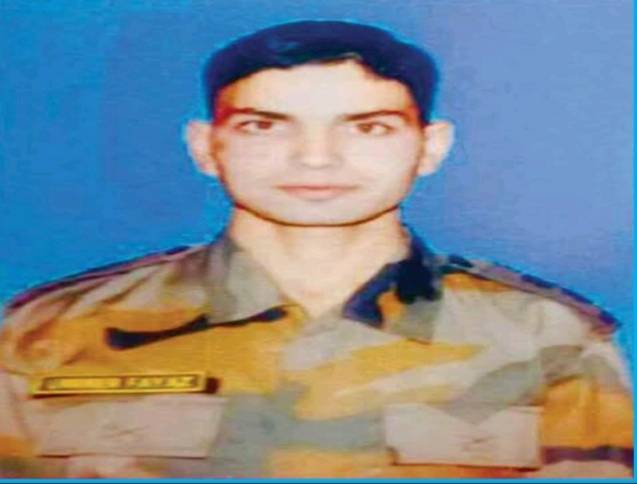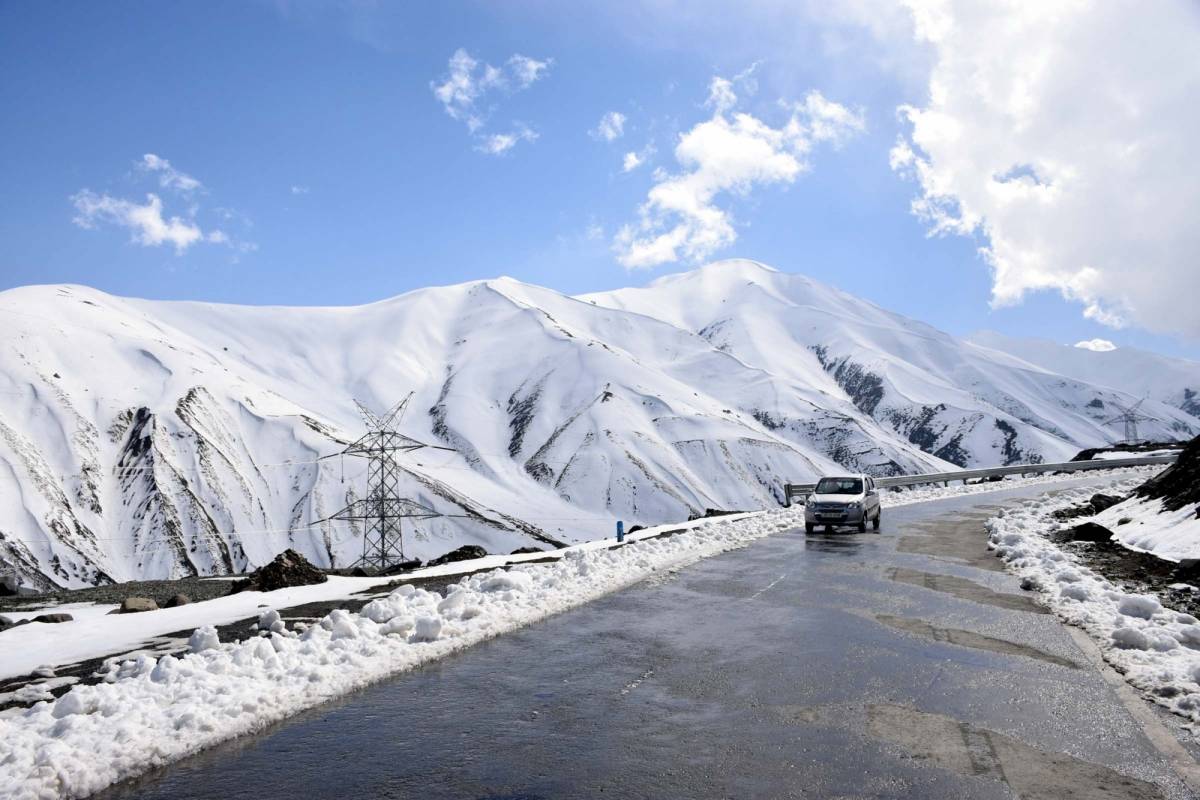Despite the presence of huge Pakistani population, the organisers struggled to muster a decent number to stage a protest against India at central London. The same pattern was repeated at major city centres across the world … reports Asian Lite International
An anti-India protest organised by pro-Pakistani forums in London to mark the second anniversary of the abrogation of Article 370 turns out to be a damp squib as a few turned up at the protest venue in Central London.
More police were present at India House at Aldwych in Central London as less than 20 people arrived to protest against India. Even a half-page advertisement in the London Times failed to invoke any support to the protest.

Despite the presence of a huge Pakistani population, the organisers struggled to muster a decent number to stage a protest against India at central London. The same pattern was repeated at major city centres across the world.
Sources told Asian Lite that Pakistani diplomatic missions and affiliated organisation were planning massive protest against India timed with August 5.
Pakistan’s decision to launch a high-octane but doomed Youm-e-Istehsaal commemoration to drum up international support on Kashmir is not hard to fathom. An enraged Pakistan is in a state of denial and delusion. It is unable to digest that it has finally lost the “Kashmir card,” the centerpiece of its foreign policy, which has been snatched by India after abrogating Article 370 and Article 35A.
Pakistan’s Kashmir propaganda offensive is driven by an ultimate nightmare, that J&K’s all-round development will have a massive demonstrational impact–encouraging an uprising in Pakistan occupied Kashmir (PoK) and Gilgit-Baltistan, where poverty and underdevelopment is rife. Already, the recent elections in PoK have triggered a spate of protests. Videos from the region, show crowds shouting pro-India slogans amid the controversial elections.
Having suffered the humiliation of Bangladesh, which emerged out of the erstwhile East Pakistan, Pakistani establishment’s horror would be to see a similar movement building up in the PoK seeking merger with India.
On the ground the situation is going India’s way. Launching a terror counteroffensive, Indian security forces killed 148 terrorists between January 2020 and July 30 inside the valley. This included heads of trophy militants including Riyaz Naikoo, the commander of Hizb-ul- Mujahideen, commander Haider of Lashkar-e-Taiba, Jaish-e-Mohammad commander Kari Yasir and Burhan Koka of Ghazwat-ul-Hind .
Pakistan is also aware that far from annexing Kashmir, J and K, riding on massive and game-changing infrastructure projects, is set for a complete physical integration with the rest of the Union.

The brand-new Jammu-Baramulla railway line, now in an advanced stage of completion, is the symbol of this resurgent connectivity. The railway once completed will finally connect the picturesque Kashmir valley with the rest of the country, passing through difficult mountain terrain before reaching the foothills in Jammu�the junction that hooks up with the sprawling national network of the Indian railways.
During its route the train will cross over 750 bridges and pass through over 100 km of tunnels. The mighty Chenab River will be crossed at a height of 4314 feet above the river bed, 115 feet higher than the Eiffel Tower in Paris.




